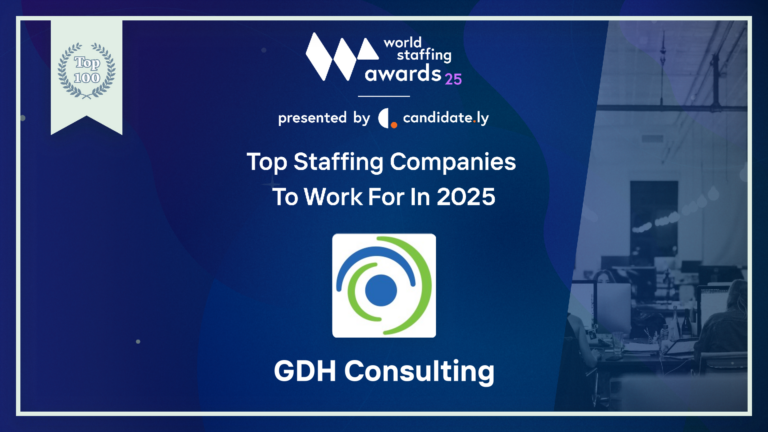How Your Onboarding Strategy Can Impact Employee Retention
Employee onboarding is the process that occurs when a company hires talent and brings a new employee “on board” as part of the staff. An employee onboarding process that is welcoming engages the new employee. It gives them the information they need to understand their new workplace and their part in it. It also impacts the retention of that employee significantly.
Hireology states companies with engaging employee onboarding processes retain 91% of their workers for at least a year. However, most employees don’t think their company’s onboarding process is engaging. Techfunnel says employees are 69% more likely to stay with a company for at least three years when the onboarding is done well. Taking the time to improve your onboarding process is a worthwhile task in light of these numbers.
Making Onboarding Interesting
Companies work hard to search for, attract, and retain employees. Onboarding should be a vital part of this process. While companies have vital information they need to impart to new employees, they can choose to do so in an interesting and exciting way or in the usual boring information dump way that often overwhelms and turns off employees as they’re getting started.
Scenario One: Reading the Employee Handbook Together
Probably the worst thing an employer can do during the initial onboarding is give the employee a copy of the handbook of policies and procedures then proceed to spend hours going over it. Let’s assume your employees can read a handbook. Instead of reading through policy statements together, let them read it on their own later while you hit the highlights using stories and anecdotes that will hold their interest.
Scenario Two: Front-Loading Training Instead of Connection
Once policies are covered, companies often spend a few early days training the new employee on how to complete tasks. While this is a necessary part of onboarding, it should come after, or at least be done in tandem with opportunities to get to know co-workers and learn about the company culture.
If you can’t have a co-worker show the new employee the ropes, you should take frequent training breaks to introduce them to co-workers and team members. Ask a team member to show them around and give them the “inside baseball” information they’ll need to function in the workplace.
A more formal event like an onboarding lunch or reception would not be a bad idea either unless you make it awkward with icebreaker games or other activities that detract from helping people get to know one another. Connections can’t be forced, but they can be encouraged. It’s important for onboarding to encourage connection as an employee learns the ropes, even if it means a few extra hours or days of training.

Scenario Three: Throw Them in the Deep End
Some managers onboard by throwing a new employee into their job with minimal training and oversight as a sort of trial by fire for both their responsibilities and social acclimation to the new environment.
While it’s true some employees can survive or even thrive in this kind of workplace, most will become overwhelmed, and many will leave the position after a short time without help or feedback.
If retention is a concern of your company’s (it should be), it’s important to onboard in a way that will give your employees the support and training they need to feel comfortable with their jobs. The “deep end” approach is easier in the short term but could lead to poor word of mouth about the company from employees that have left as well as higher turnover, which has monetary and operational costs.
Scenario Four: My Door Is Always Open
This scenario is probably closer than the previous three since it offers a communication channel and is open to questions about what new employees need to get going in the job. Having an open-door policy will help you address employee concerns, but when a job starts, new employees don’t even know enough to know what they don’t know.
A better game plan is to offer information incrementally and to approach new employees periodically to find out how they’re doing and where they need more help. It’s not enough to be open to employees approaching you. Many times, you must start the conversation for a new employee to feel comfortable enough to ask questions.
Going the Extra Mile
It may feel like a lot of extra work to do onboarding in the ways suggested here, but isn’t it worth going the extra mile to keep more of your employees? The Society for Human Resources Management (SHRM) says it costs an average of six to nine months of salary payments to replace an employee that has quit or been terminated. It’s a difficult hiring environment right now, so that cost could be higher in some cases.
At a cost of tens of thousands of dollars per employee, it may be worth investing more time and energy and maybe even a few hundred dollars for event food or a few lunches to make new employees feel supported, valued, and welcome in your organization. Also, isn’t a proper onboarding more indicative of what you want your organization to be?
If you need help with onboarding or any other part of the hiring process, GDH offers recruiting services from one task to a start-to-finish system. Contact us to find out how we can offer you a world class recruiting process.
Posted on July 19, 2022, 08: 45AM







